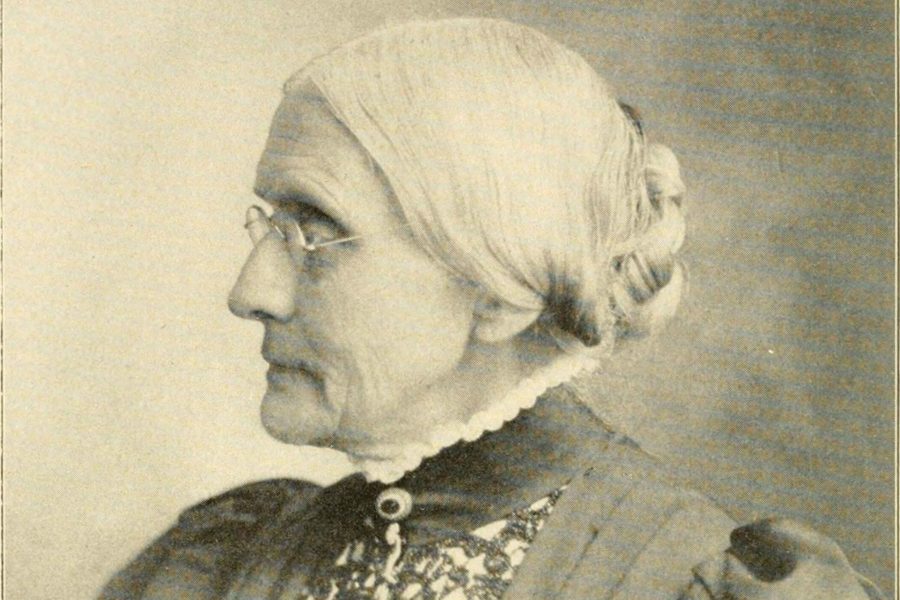Today, as on every February 15, we celebrate the birthday of real life heroine Susan B. Anthony.
Who’s that, you ask?
While many older Americans may vaguely recognize her from the U.S. Mint’s 1979 dollar coin, and Bostonians from high school history class, hers is not a name that famously rolls off the tongue — though it should be!
Born in Adams, Massachusetts, in 1820, Anthony is famous for her pioneering fight for women’s suffrage. Notably, she founded the National Women’s Suffrage Association in 1869 with fellow activist Elizabeth Cady Stanton, and she drafted the first version of the 19th Amendment in 1878. Anthony dedicated her life to making the world a better place for women and people of color.
But, there’s more to Anthony’s life than a martyr-like dedication to the social justice crusade. She was smashing stereotypes and taking names well before Wonder Woman hit the pages of All Star Comics. In honor of her day, we researched a few fun facts about this must-know woman that will fascinate even fair-weather feminists.
She Had a Criminal Record
In 1872, Anthony registered to vote at a barbershop in Rochester, New York, and cast a ballot in the presidential election. She and her 14 female compatriots were arrested for the bold move. In the resulting court case, Anthony argued that women already had the constitutional right to vote. The court disagreed and fined her $100 (equivalent to about $2,000 in today’s currency). She refused to pay, and never did. That’s moxie.
She Was The First Real Woman on U.S. Currency
Lady Liberty and other fictional characters aside, Anthony was the first real woman depicted in U.S. currency. In 1979, she appeared in shiny, minted metal on the dollar coin. Sadly, it was short lived, the coins were only produced through 1981 because they were supposedly too easily confused with quarters. The coin had a brief revival in the 1990s because of its popularity for use in vending machines, but Anthony was then swapped for the equally fabulous Sacagawea.
She Was Tight With Frederick Douglass
Anthony was an abolitionist before she took up the cause of women’s equality. She began circulating anti-slavery petitions when she was only 16 years old. It was in these anti-slavery circles in Rochester that she became friends with Frederick Douglass, a friendship that would last a lifetime. Though their opinions split in terms of priority of black suffrage and women’s suffrage, they were united in the fight for social progress. Their friendship is immortalized in a delightful bronze statue in Rochester of the two friends having tea.
She Was a Fashion Warrior
One of the many ways Anthony fought for women’s right was in dress reform. Identifying the restricting women’s fashions of the time as a physical manifestation of control, Anthony cut her hair short and wore the bloomer costume. Popularized among women’s rights advocates by Amelia Jenks Bloomer, the outfit included a knee length dress over a pair of loose trousers. This was a radical move in the 19th century, when trousers were an exclusively male garment. The only reason Anthony stopped wearing the costume is because she felt the sensation was detracting from her other causes.
She Convinced A University to Accept Women
In 1900, Anthony led an arduous, but successful, campaign for The University of Rochester to accept women into their programs. To do so Anthony was required to raise $50,000 in pledges. In case you weren’t sure about her level of commitment, Anthony cashed out her own life insurance policy to reach the funding goal. Fortunately, the university later repaid her for the cost of the policy. To this day Anthony is memorialized at the school with The Susan B. Anthony Institute for Gender, Sexuality, and Women’s Studies.



 3 min read
3 min read